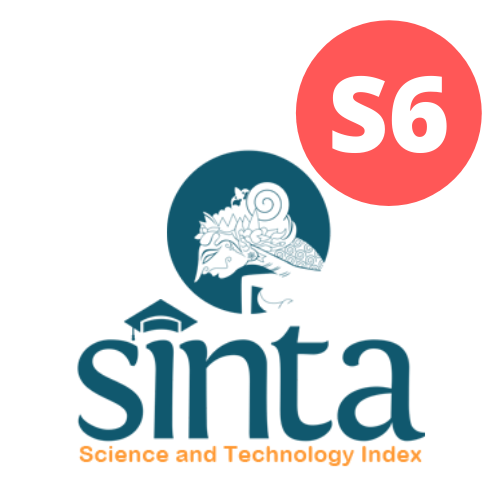Analisis faktor resiko kejadian asfiksia neonatorum pada bayi baru lahir Rendah
Abstract
Fetal life is very dependent on the placenta
for oxygen exchange, nutrition and disposal of waste
products so that interference with the umbilical and
placental blood flow is almost always cause neonatal
asphyxia. According to the data in Space Kenanga
Room Sampang Hospital infants with neonatal
asphyxia in 2013 as many as 491, and in 2014 in the
last 3 months was found 149 babies. This study
aimed to analyze the risk factors associated with the
incidence of neonatal asphyxia in the newborn. This
study is a correlational study, the type of crosssectional
study. Were included in the independent
variable, namely maternal age, maternal nutritional
status, and maternal age and the dependent variable
is the incidence of neonatal asphyxia. The study
population of 90 respondents. The sampling method
with accidentil sampling technique involving 42
respondents. Data were analyzed using univariate
and bivariate. Results of statistical analysis of test
data using Spearman's Rho with α = 0.05 (ρ <α)
between maternal age and asphyxia obtained mostly
maternal age <20 years (79%) with the value ρ =
0.006, so there is the effect of maternal age on
asphyxia. Between maternal nutrition with asphyxia
kejadia obtained the majority of women, including
the status of malnutrition (95%) with the value ρ =
0.041, so that there is the influence of the nutritional
status of the mother against asphyxia. Between
gestational age and asphyxia obtained most of
gestational age less (83%) with the value ρ = 0.001,
there is the influence of maternal age on the
incidence of asphyxia.Furthermore, the authors hope
to all health workers to be more active motivate
pregnant women to diligently perform the ANC so
that high-risk pregnancy can be detected early..










